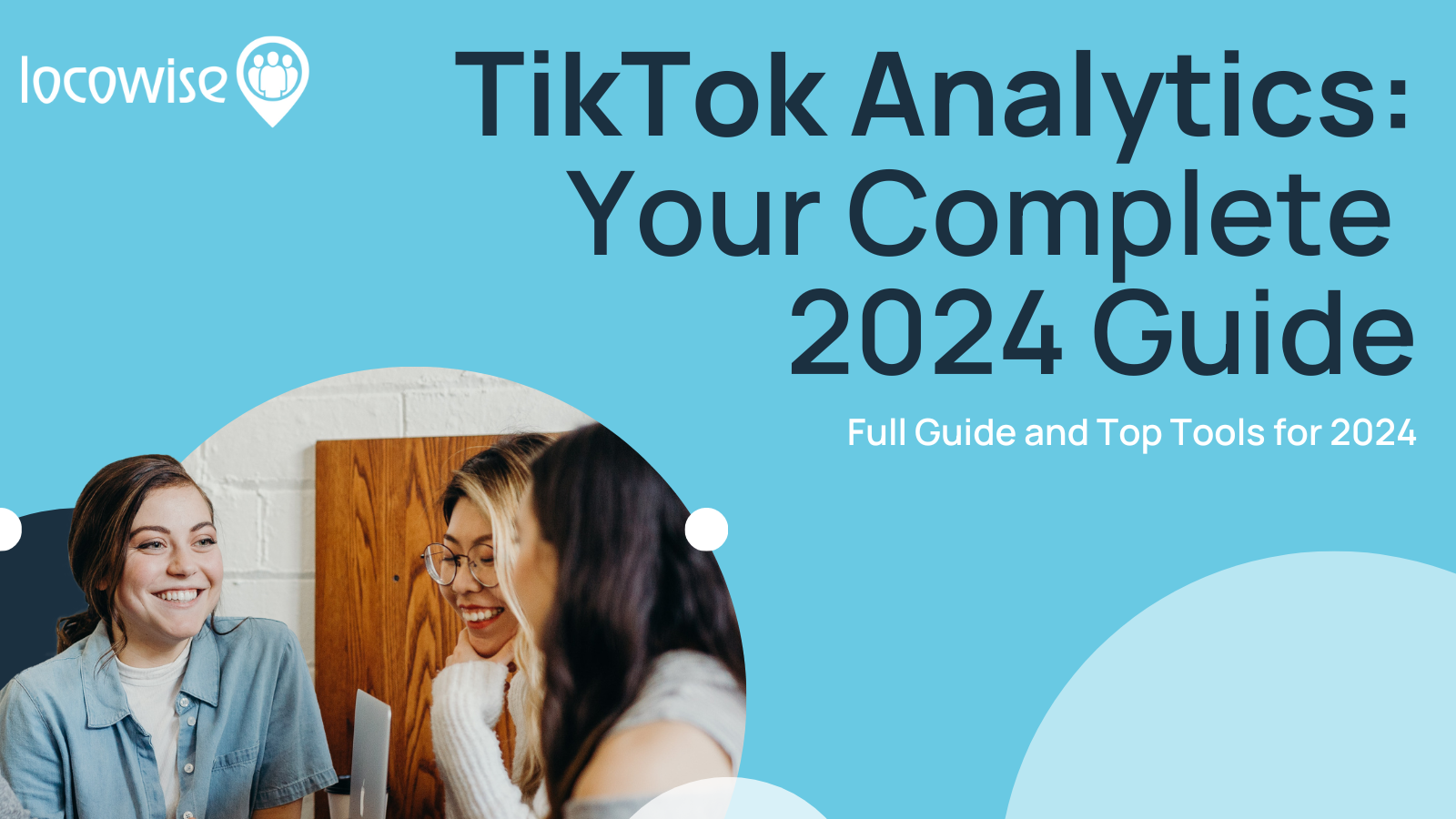How You Can Avoid These Content Marketing Pitfalls
Sahail Ashraf posted on 11 October 2017
Content marketing is a big part of a brand and its presence online. If it is done right, it will enrich the audience’s experience and build authority and authenticity. But if all a brand has been doing is creating Facebook posts, there may be a need to start thinking seriously about how to make content marketing happen on a bigger scale.
It’s not all about blog posts either. Video is huge in content marketing right now. Also, the fluidity of social media means that you can present content in numerous places, and still have the same feel that you have with more dynamic and immediate social media.

Your first big concern is the direction that your content is going to go in. Having a clear plan and a goal for content is vital. The first thing you need to decide upon is the purpose of the content. Some brands simply create content so that it is there. It’s an image thing. Others use content to reach certain specified outcomes.
If you need to gain more leads, a series of blog posts, fully promoted, can help bring people to your website. If you just want to ensure that your site gets more traffic, that’s good too. Just be certain that you have a clear strategy and reasoning behind a content marketing strategy. Don’t just start creating content and then expect the world to catch fire. You’ve got to spend time working out what it is you want to do.
This includes working out the frequency of new posts to your blog. You may need to try some test runs with blog content. If you post heavily for a few days, does it gain any kind of response? Do you have the resources to create high quality blog content every day? Many brands don’t.
If there is an absolute need to bring more traffic (and qualified traffic) to the hub site, then the frequency of the posts is important, as is the quality. There is no point creating every day if the posts are boring, throwaway or not useful.
Rome wasn’t built in a day
Sorry for the cliche there, but the biggest problem with blogging and creating content in general is having expectations that are too high. And the problem is kind of compounded by the fact that even high quality content has to be noticed first. So things may well take time.
You also have to be watching the outcomes very carefully. This means keeping a very careful eye on your metrics to make sure that you can see which content type gains the most engagement. Looking for clues here is vital because the one thing the brand doesn’t want is a ton of content that is literally useless.
So things do take time. And you need to expect this, and also welcome it. Setting long term goals for content success makes a big difference. At the very least, allow the team six months to produce quality content. This means content that is not rushed, and is useful to the audience.

After the six months is up, it is then about looking to see what is resonating with your audience. There are no quick fixes here. Embed a culture of good work, done carefully, and then the team will be in the right mindset.
Your enemies
Okay, we often call them competitors rather than enemies, but knowing exactly what is going on ‘over the fence’ puts you in a strong position. If they are creating high quality content and it is really doing good things for them, study their work and see how you can offer an alternative.
If they are not producing any content at all (highly unlikely in 2017) then you have the chance to jump ahead and stake your claim as a premium content provider in your industry. This is a very unique position to be in. It may be that the enemy has only a few examples of good content. Again, get out there and do a lot better than them. It won’t be hard, and it will mean that you gain in authority.
Also, by knowing what they are producing, you stop yourself from copying what they have already discussed. This is an important factor. Back when words didn’t mean too much on the web (before Google clamped down), you could literally copy someone else’s content and then gain places in search ranking.

Quite rightly, things are different now. You don’t want to sound like the other guys, and you do want to develop that unique voice. Study them to see what they are talking about, and put your own slant on things.
Come up with a million titles
Or a hundred, perhaps. One of the most important aspects of content marketing is the long form stuff, the blog posts and the articles. These have to have an impact and they also need to mean something to the audience. One of the very best ways to ensure you are on the right track is to have a ton of ideas to pull from. These ideas can be blog post titles, or even just the words that go into a tweet. They could be fun titles for videos too.
Seriously, before you do any of the above, and before you jump into content marketing for the brand, brainstorm 100 titles of articles. Don’t worry, these can be changed and morphed into tweets and Facebook posts etc. It’s all about the creativity. Having 100 of the things taped to your wall is a great way to start properly. Treat it like a mission.
Then, once your campaign is off and running, take the titles and the content they are attached to and see which titles pique the interest of your audience more. Use metrics to work all of this out, and you’ll soon get a handle on what the brand needs to do to succeed with content marketing.
Take these ideas into account and go forth and create some amazing content. Just plan your journey, and be aware of what the landscape is like at all times.
Would you like to have some of the best metrics around? Need to know engagement numbers as well as reach? Do you like pretty charts? If so, take out a trial of Locowise, free for seven days. Our charts are the prettiest.





